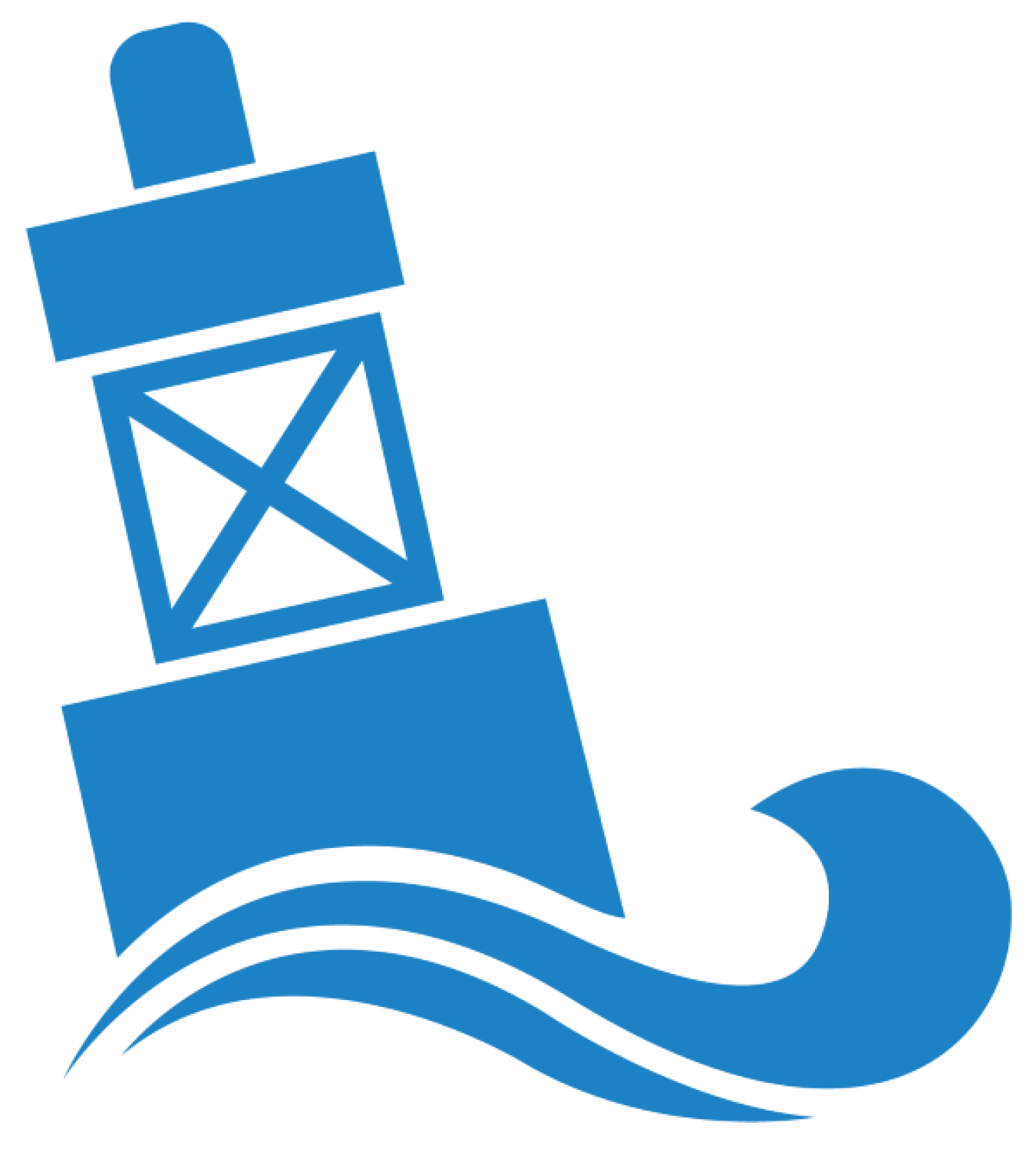Researchers developed an environmentally acceptable lubricant to help increase the sustainability and durability of tidal turbines.
Water Power Technologies Office
March 14, 2024Marine Energy Program
Reducing Barriers to Testing
Project Name: Novel Eco-Friendly High-Lubricity Ionic Liquids for Marine Turbomachinery Lubrication Project
Project Team: Oak Ridge National Laboratory (lead), Sandia National Laboratories, Pacific Northwest National Laboratory, National Renewable Energy Laboratory, Solvay, Dow Chemical, Biosynthetic Technologies, and Driven Racing Oil
Lead Recipient Location: Oak Ridge, Tennessee

A team led by Oak Ridge National Laboratory (ORNL) is developing additives to be combined with environmentally acceptable lubricants (EALs) that can be used in tidal turbines to improve device performance. The team's results to date suggest great potential for the new lubricant to improve the energy-generating capabilities of tidal turbines while also decreasing risks to the environment in the event the liquid spills or discharges.
Currently, lubricants used in tidal turbines are the same as those used in wind turbines because the design of the motors and gearboxes in both turbines is similar. However, the environments in which these two turbines operate are extremely different, which can change how the lubricant performs in practice.
A lubricant is composed of a base oil and multiple functional additives. While the U.S. Environmental Protection Agency (EPA) has approved several groups of base oils as environmentally acceptable, there is a lack of eco-friendly, anti-wear additives. (Standards for EALs help support the design and development of lubricants to minimize the risk of adverse consequences to the aquatic environment compared to conventional mineral lubricants.) To address these issues, the multi-lab team is working with Solvay, Dow Chemical, Biosynthetic Technologies, and Driven Racing Oil to develop a new group of lubricant additives that possess significantly higher effectiveness in wear protection of the gearbox and lower aquatic toxicity compared with traditional options.
The additives the ORNL-led team developed are high performing, low cost, easily scalable for larger production quantities, and compatible with the EPA-approved base oils. The team added the newly developed additives to an already approved environmentally acceptable base oil, resulting in a lubricant that demonstrated 50% friction and wear reductions compared to a commercial gear oil.
The team also tested the potential environmental impact of the new lubricant. They found that it is less toxic than traditional options used on tidal turbines and meets the EPA's not toxic and readily biodegradable standards.
In January 2024, the team began focusing on additional issues that may impact tidal turbines, such as how seawater, if it enters the gearbox, could impact the new lubricant’s performance and toxicity for marine life. The team will also begin looking into lubricants that can be used on devices that are scheduled for multiyear deployments.
This project is a "Sapling" funded through the Water Power Technologies Office's Seedling and Sapling program designed to support innovative concepts and new ideas at the U.S. Department of Energy's national laboratories.
-
 Researchers developed an environmentally acceptable lubricant to help increase the sustainability and durability of tidal turbines.
Researchers developed an environmentally acceptable lubricant to help increase the sustainability and durability of tidal turbines. -
 Construction on the PacWave South test facility continued in Fiscal Year 2023 with milestones that include progress in building a facility to distribute energy generated by devices tested while researchers collect data on those devices.
Construction on the PacWave South test facility continued in Fiscal Year 2023 with milestones that include progress in building a facility to distribute energy generated by devices tested while researchers collect data on those devices. -
 The Triton Initiative developed and tested methodologies and tools to help researchers better understand and evaluate how environmental stressors related to marine energy technologies may impact marine wildlife.
The Triton Initiative developed and tested methodologies and tools to help researchers better understand and evaluate how environmental stressors related to marine energy technologies may impact marine wildlife. -
 In Fiscal Year 2023, the Testing Expertise and Access for Marine Energy Research program surpassed $10 million of technical support across more than 100 marine energy projects since the program launched in May 2020.
In Fiscal Year 2023, the Testing Expertise and Access for Marine Energy Research program surpassed $10 million of technical support across more than 100 marine energy projects since the program launched in May 2020. -
 The National Renewable Energy Laboratory and Pacific Northwest National Laboratory installed and continued the construction of critical testing infrastructure that will help to advance research and testing of marine energy technologies.
The National Renewable Energy Laboratory and Pacific Northwest National Laboratory installed and continued the construction of critical testing infrastructure that will help to advance research and testing of marine energy technologies.
WPTO's marine energy e-newsletter shares news and updates on tools, analysis, and emerging technologies to advance marine energy.
The WPTO e-newsletter brings funding opportunities, events, publications, & hydropower and marine energy updates directly to your inbox.


